Published in 1804, one Rev. J Evans, B.A. toured south Wales documenting his travels in a series of 15 letters. He had already had a successful tour around north Wales and on the suggestion of friends he embarked on a journey covering the entirety of south Wales from Chepstow to Cardigan and as far north as Aberystwyth.
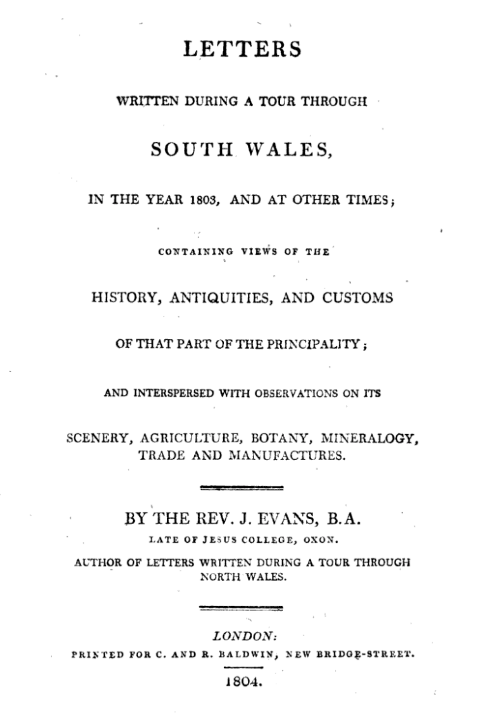
Letters II and III are the ones focused on in this post.
Letter II — Caerleon
Evans arrived from Caerwent most likely via Catsash and down the Old Hill into Caerleon Ultra Pontem (latin for Over the Bridge).
Descending into the vale, we crossed the Uske by a long wooden bridge of extraordinary appearance, and curious structure. The tides in this river rise to a prodigious height, fifty and sixty feet. To prevent the frequent inconvenience to which a bridge would be subject by the sudden flow of such a vast body of water, a contrivance has been had recourse to, which hitherto has answered the desired purpose. The breadth is just sufficient for a carriage to pass, and the length considerable, extending itself till the arcades rest on the midway of the rising grounds on each side of the river. The arches, if such they can be called, are formed by large posts meeting at top in an angle, and tied together by cross beams; over these are laid strong bearers, and, in transverse places by verticle (sic) pins passing through their ends, upon which they freely rise and fall with the flowing and ebbing tide. Were it not for this ingenious precaution, the extraordinary swell of the river at the equinoxes would blow up the whole fabric. The open balustrade of a few light rails, the depth at low water to the river, the moving floor under your feet, are terrific to a strangers and few horses that are not accustomed to such scenes, can be prevailed on to encounter this alarming, though safe entrance into the town of Caerleon.

We entered Caerleon with those ideas of respect and veneration which naturally arise in the mind of the recollection of past magnificence and fallen grandeur. Nor were these lessened by the striking contrast exhibited in its present appearance.
Evans goes on an huge detour about the Roman history of Caerleon, the artefacts discovered and the legend of King Arthur and then returns to the present day.
The present town consists of two or three small streets, and many houses in a state of dilapidation. The most descent building we observed is a charity school, for maintaining and educating thirty poor boys, and twenty poor girls, till they attain the age of fourteen, when they are apprenticed with a bounty of seven pounds to the former, and four to the latter. They are clothed in a dress of blue cloth, with a badge of white, containing the initials, C.W. alluding to the founder; who, an inscription in front of the building Informs you, was Charles Williams, Esq. a native of the town. The spirit of the place seems in unison with its appearance; being chiefly inhabited by a poor, indolent set of people; alike unaffected by the greatness of their past, as inattentive to the advantages of their present condition.
The school known as both a Charity School and the Caerleon Endowed School was funded by Charles Williams in 1724 and as mentioned by Evans educated 30 boys and 20 girls but was reduced to 20 and 10 respectively. The building still exists today and The left and right wings of the buildings included houses for the school master and school mistress respectively.

Letter III — Newport
Back in 1803, Evans to get to Newport from Caerleon he would have crossed the old bridge via Caerleon Ultra Pontem, up the hill to Christchurch (Old Hill rather than Belmont Hill) and then along Christchurch Road down to Barnardtown and towards the river Usk.
Descending from this envied elevation we rambled down the vale, till we imperceptibly reached the small town of Newport, which we entered by a handsome stone bridge of five arches, now completed under the direction of a son of the architect of Ponty prydd. It was built by contract for 10,165l. and the money raised by shares or debentures of 100l. each, under the patriotic auspices of Sir Robert Salisbury.
The bridge was completed in 1801 and the image below shows how it may have looked when he crossed.

When we formerly passed this way, the river was bestrided by a long narrow wooden bridge, with a sliding floor, like the one at Caerleon. And such was the decayed state of the timber, that for a Long time previous to its being taken down, carriages could not venture over; and it was discovered, that it was only just taken down in time to prevent the most serious consequences. We may congratulate the public therefore, on an improvement, that surpasses all that have been made for years, on this now greatly frequented road.
On passing, we smiled at the wonderful story told of a Mrs Williams, who during a dark night, took a flying leap at Caerleon on a small plank; stemming from a boisterous wave, and steering her course, astride the plank, through the winding course of the river : lighting herself with a small candle and lantern fortunately held in her hand! Shooting the gulf at this place with unexampled dexterity, and after putting the fishermen into a panic, in the shape of a ghost, at the embouchure of the river; had the good fortune to bring them to their senses, before the tide, rapidly ebbing, could wash her to the ocean : and engaging their attention by her cries, obtained a rescue from this perilous and involuntary adventure!
I confess, I know not which to admire most, the ingenuity of the inventor of this story, or the credulity of those who have so gravely related it. But this is a wondrous age : while real miracles are rejected, even upon divine testimony, the most extravagant tales of fiction are greedily swallowed and easily digested.
The story had been around for some time being published in the The Western Flying Post; or, Sherborne and Yeovil Mercury (subscription required) on Monday 7th December, 1772 in an article about recent flooding. The newspaper claimed the story came from a letter dated November 25th.
The description is similar to Evans' but also adds that the woman was 6 months pregnant. Was the story real? Who knows but it had been circulating for at least 30 years when Evans visited Newport.

The approach to the town exhibits almost a perfect view of its ancient castle, standing close on the western banks of the Uske. It has been of greater extent, and was built to secure the passage over the river for the English troops. It is little more towards the town than a strong plain wall, void of buttresses, while, towards the water, three round towers flank its eastern front. Some of the windows are still perfect, and highly decorated. It is supposed to have been built by Fitzwarren, as it was garrisoned by the English under the name of the ‘new castle on the Uske’ A.D. 1172.
He goes into a bit of history of the castle and then continues with his description of the town.
Newport, which arose out of the ruins of Caerleon, is situated about three miles above the mouth of the river; which here forms a tolerable port. But little business is done, though large ships might come up to the bridge, the tide flowing often fifty feet. It carries on a small trade in coals, which abound in its vicinity, so as to compose the greater part of the pebbles in the river, called Boulders, which are carried to Bristol, and sold at a high price, as being rubbly, and making a pleasanter fire for parlour use, than the coals of Kingswood and Nailsea.
A canal extending to Brecknock has contributed in a small degree to increase the trade of the port. The church stands at the end of the town, on a commanding eminence, and is visited for the extensive view attainable from the church-yard.
Besides this, Newport has little to boast, consisting only of one long street of indifferent houses, and owes the principal part of its support to being a thoroughfare.
It is called, by Baxter, Nova Porta, by Gyraldus, Novus Burghus, and was evidently intended as a check on the Welsh, while they possessed the stronghold of Caerleon.
After a detour to Goldcliff, Evans then returns to Newport to head to Cardiff. On the way he passes Tredegar House.
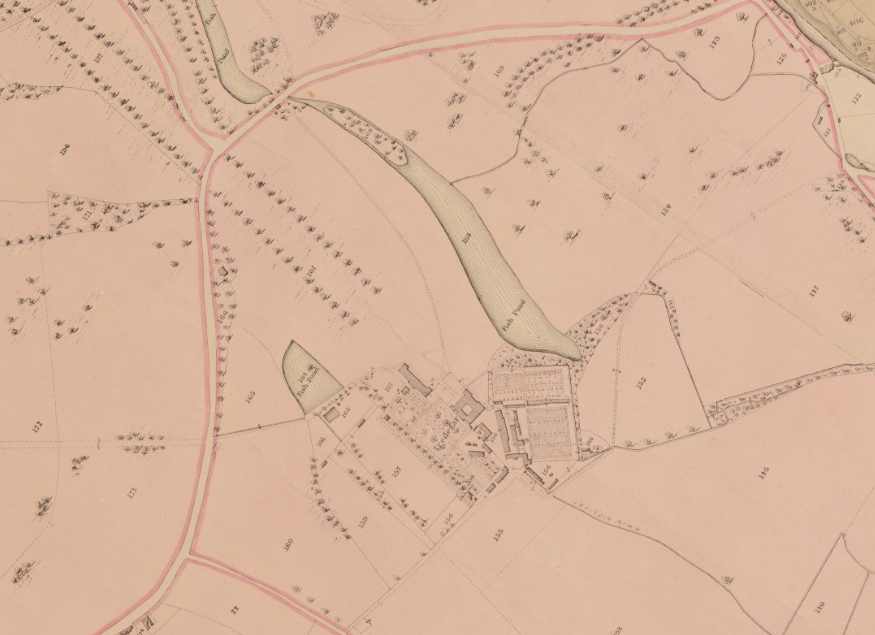
Returning to Newport we passed the park of Tredegar through which flows the river Ebwith (sic), a seat of Sir Charles Gould Morgan. Though a large mansion, it appears to a great disadvantage, being situate on a flat lawn to the left of the road, and is disfigured by a range of stables and other offices in front.
The portion of the park on the right hand side of the road is more elevated, and being well wooded and stocked with deer, forms a handsome contrast.
He then heads to ‘Ruperrah’, the house which at the time was still in use by the Morgans and then continues his tour of South Wales.

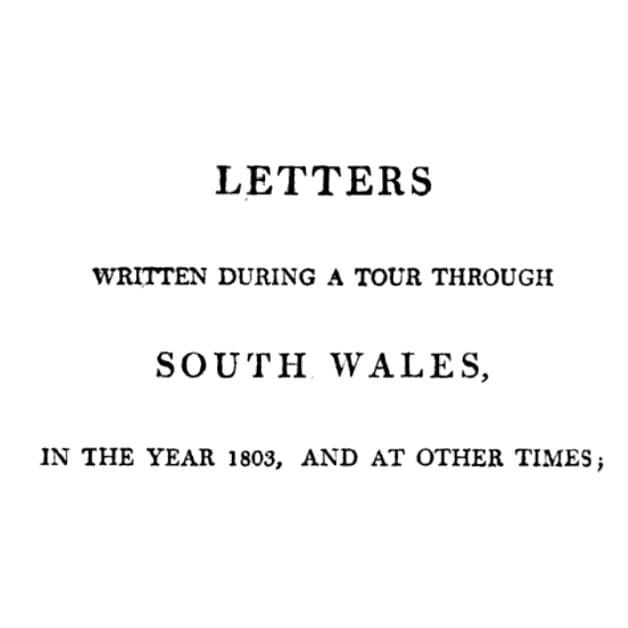
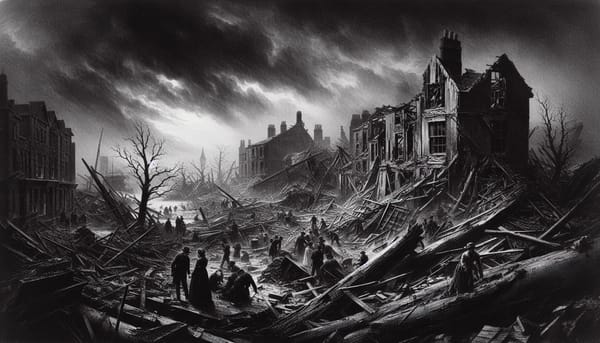
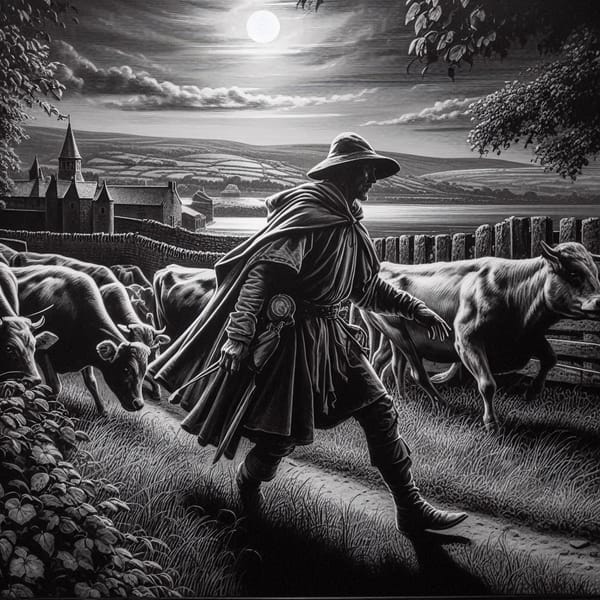
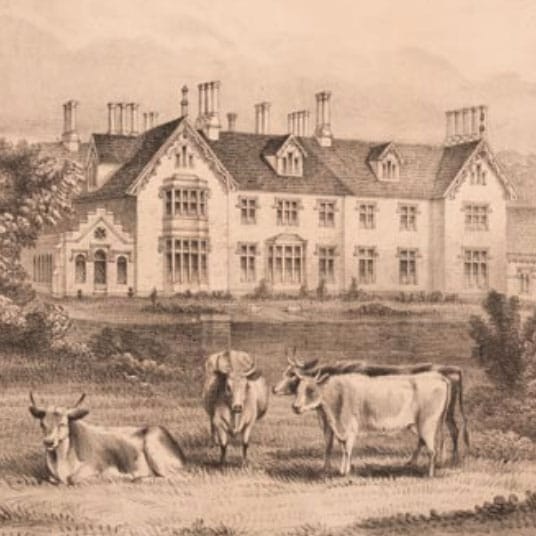

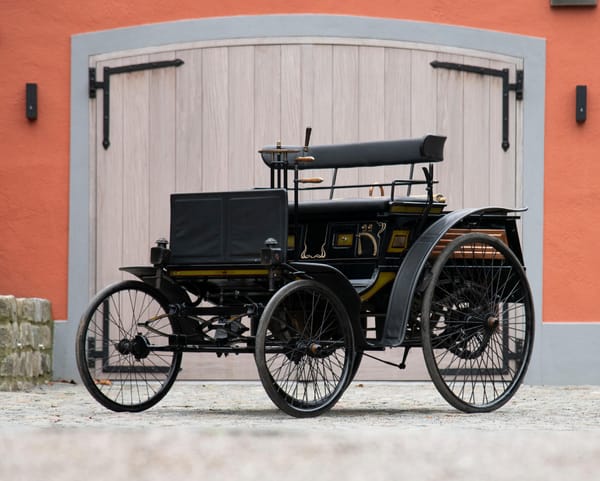
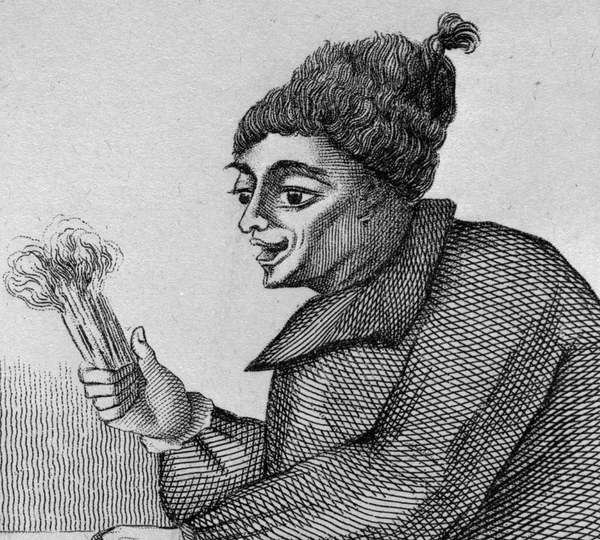
Member discussion